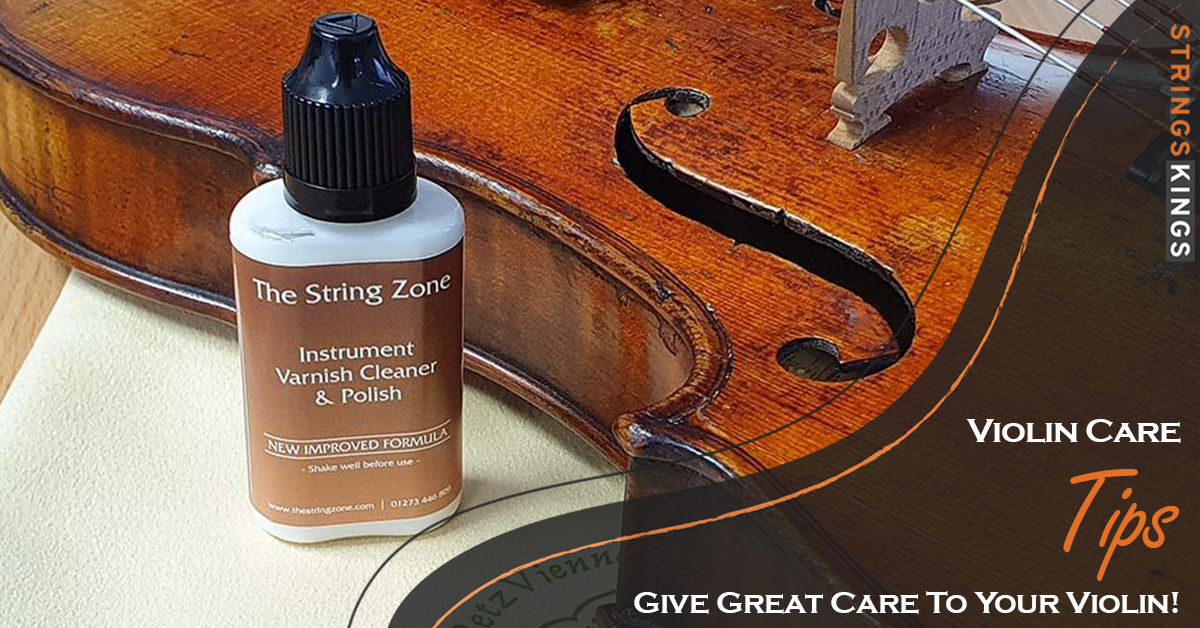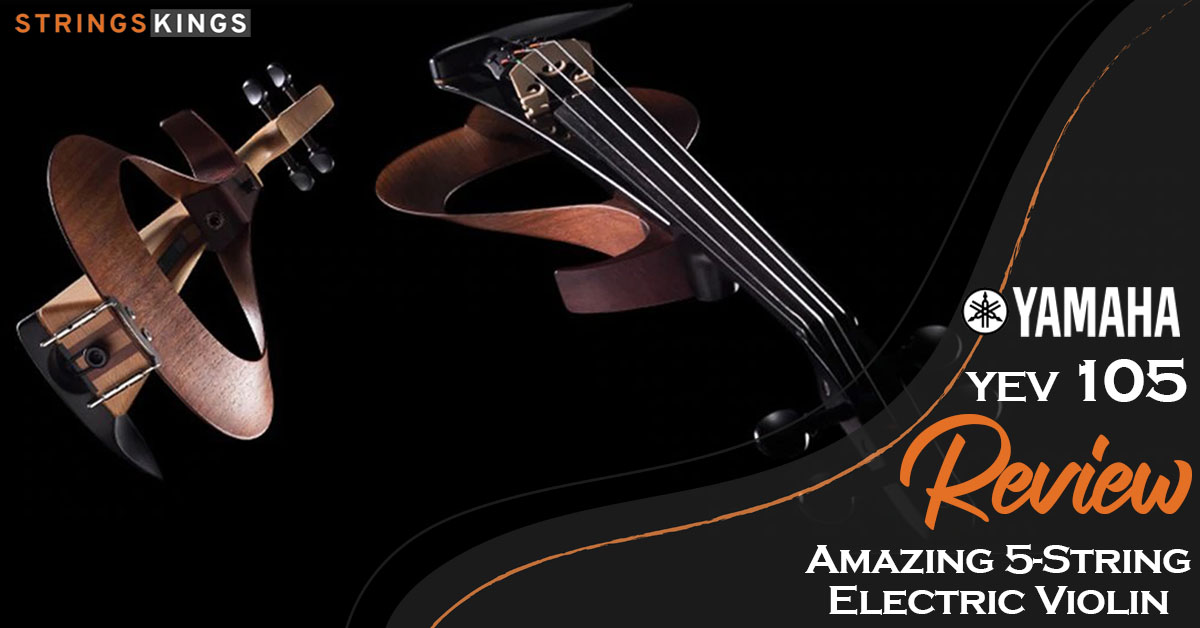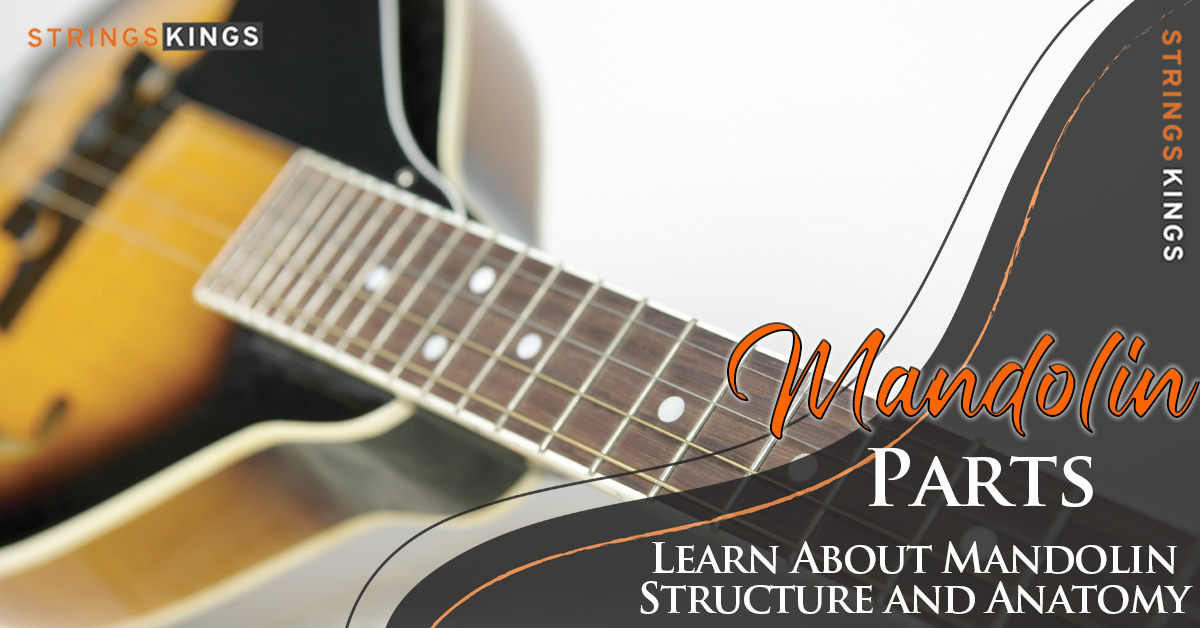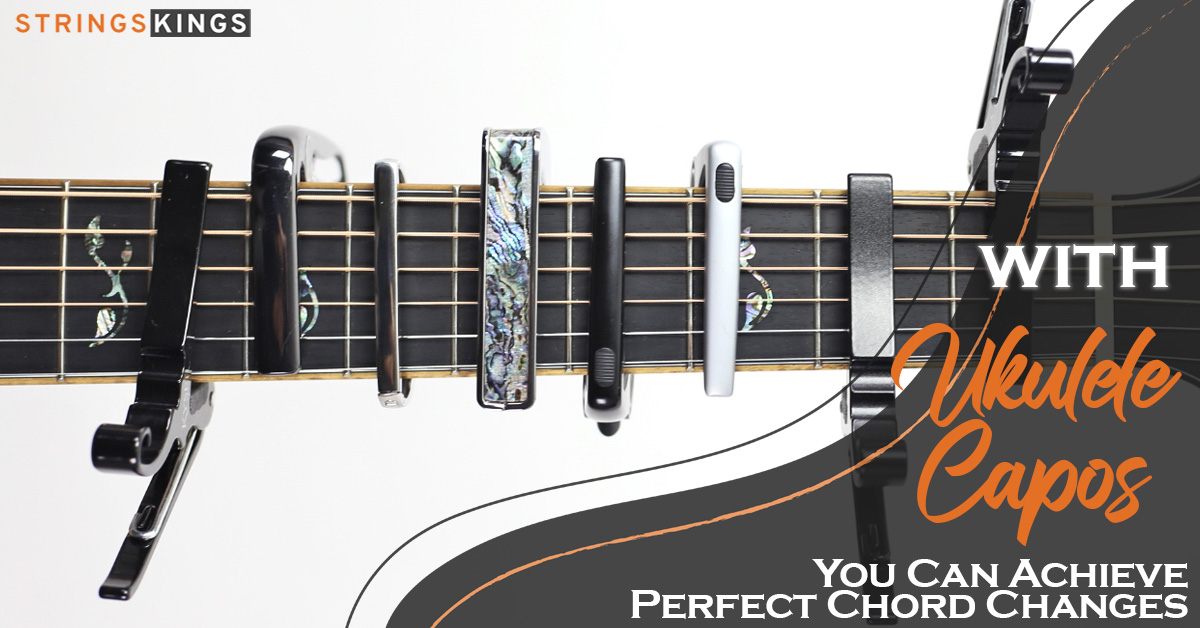Table of Contents
Fun Facts About Violin
The violin dates back to the 1500s and has fascinating violin facts and history despite it being a well-loved and impressive instrument. There are a few things you might find interesting about violin regardless of whether you’re a violin student or a violin enthusiast.
People have spent their lives studying how the violin works, its violin history facts, and how it might benefit you.
There are many interesting facts about the violin that emerged over the years, including how old the oldest violin is, why strings were made of sheep guts, and how much the most expensive violin costs.
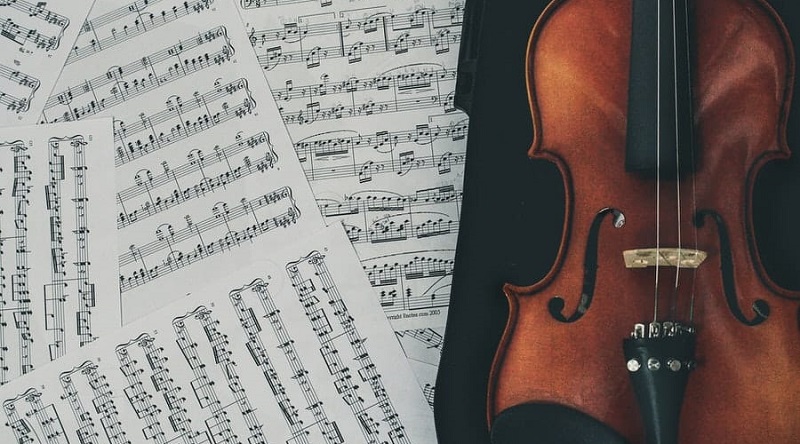
1. Horsehair is the Most Common Bow Material for Violins, Cellos, and Violas.
Are you surprised? Continue reading to find out more…
- The bow of the violin has about 150-200 hairs.
- Horses in cold climates have thicker and bushier tails, suitable for stringing violin bows.
- You can’t string a bow with all the hair on the tail. There’s only the best hair used, and it’s polished and dressed.
- Horsehair substitutes don’t produce the same sound on stringed instruments.
- If you’re an animal lover, don’t worry, the horse doesn’t even notice when its hair is cut. In the same way, you don’t feel pain when you cut your hair. Furthermore, most horse hair used for bows isn’t from live horses.

2. There are at Least 70 Different Pieces of Wood in a Violin.
A violin is made up of many parts – the fingerboard, back, nuts, bridge, saddle, neck, pegs, sound posts, top and bottom plates, and so on. Then there’s the chinrest and the bow to consider. There’s no doubt the violin is a complicated instrument.
Making a violin requires about 70 wooden pieces. The most common wood used is spruce or maple.
Aside from the wooden parts in different shapes and sizes, the glue makes the violin one instrument. Here’s a surprise violin fact: it’s not just any glue, but a special glue made from fish, horses, or rabbits (skins and tendons).
3. I’m Not Playing Violin, I’m Playing a Fiddle!
Do you know the difference between a fiddle and a violin? You are correct if you believe they are the same instrument.
Fiddles are typically associated with folk music and American bluegrass, but this wasn’t always the case. There was a time when classical musicians also used it. A violin is referred to as a fiddle by Mozart’s father (Leopold) in his book about playing a violin.
4. Violins Have Been Around for Nearly 500 Years
Yes, the violin we play today was developed nearly five centuries ago by luthiers Andrea Amati, Antonio Stradivari, and Giuseppe Guarneri. As a result of these rivals’ inventions, what we know today as the modern violin was created after some modifications to the original instrument. The violins that they manufacture are some of the most expensive in the world! There’s no need to spend millions of dollars if you want to play an instrument as soloists do.

5. Violins Can be Really Expensive
In 1741, luthier Giuseppe Guarneri made the world’s most expensive violin, played by Belgian virtuoso Henry Vieuxtemps.
It’s called the Vieuxtemps Guarneri after them and is valued at $18 million (£10.5 million).
The violin was anonymously donated to Anne Akiko Meyers, in perpetuity for the rest of her life.
The first time she played this instrument was when she recorded Vivaldi’s Four Seasons.
6. World’s Smallest & Biggest Violin
Did you know the world’s tiniest violin measures one centimeter (0.4 in)? The instrument was created by Chen Lianzhi (from Guangzhou, China) and its strings are so thin you can’t play it.
An instrument that’s fourteen feet long, four-and-a-half feet wide, and fourteen feet long took fifteen makers from the Vogtland Master of Violin and Bow Making in Markneukirchen, Germany. A German company now holds the Guinness World Record for the biggest violin with a bow that’s seventeen feet long (5.2 meters)!
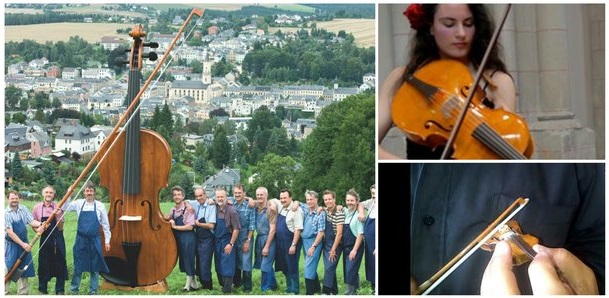
7. You Burn Calories Playing the Violin
Playing the violin is like a light workout – you might not know it!
A violinist burns about 170 calories an hour playing their instrument, which is the same as walking for an hour.
Music and musical instruments aren’t typically seen as an exercise, but playing violins require a lot of small muscle movements. Playing the violin is an easy workout, but it’s still effective! 170 calories an hour is a good investment, and it’s fun too.
8. Names of Violins are Based on Cows
Violin comes from the Latin word, ‘vitula’, which means calf or cow.
Perhaps this was a reference to the fact that the strings were made from dried animal guts (sheep and cow).
The word ‘vitula’ also has connotations with the Roman goddess Sabine Vitula, who was associated with joy and victory.
9. For Centuries, the Modern Violin Was Developed in the Same City
In the 16th century, Cremona, Italy pioneered the modern violin we know today, and it was developed in that same city for 500 years.
It’s interesting to know about violin making and violins basically originated in the same city since the instruments were invented! Violins are made all over the world, but Cremona is considered the birthplace and origin of the instrument.
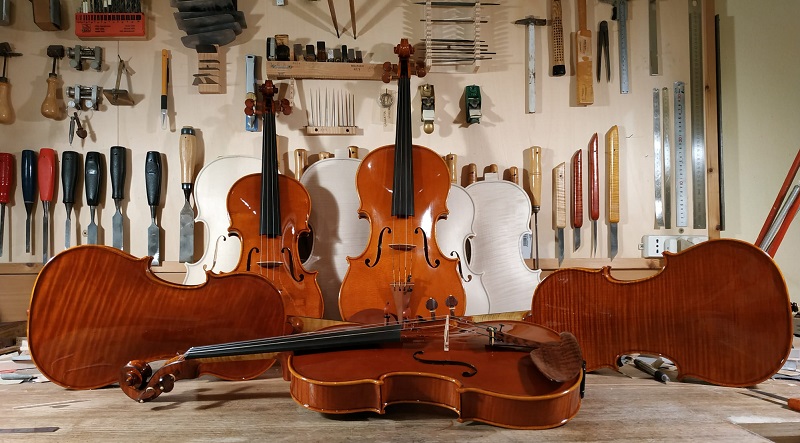
10. Spider Silk Can be Used to Make Violin Strings.
The BBC reported that a Japanese researcher has spun violin strings by twisting strands of spider silk. He’s been studying spider silk for years. Strings are soft because the strands don’t have space between them. Strings like these are comparable to gut or steel strings.
11. In an Orchestra, the Violin is the Principal Instrument.
‘First chair’, the concertmaster, is the leader of the orchestra and also leads the first violins; he’s the best violinist in the orchestra, so everyone follows him.
In addition, there’s a second violin section led by the principal second violin. An orchestra’s second violin plays at a lower pitch, supporting other instruments.
Violins carry the melody and have a higher pitch than other string instruments, so they’re the principal instruments in orchestras. Compared to other string instruments, they have a brighter tone.

12. It’s a Big Family, the Violin Family
The violin is actually part of a family of string instruments. Stringed instruments in this family include violas, violins, lutes, zithers, lyres, and harps, among others.
There’s also the violone, viola da braccio, and violoncello in the string family.
13. Musicians on the Titanic
Wallace Hartley, 33, the first violinist and leader of the ship’s music ensemble, decided he and his ensemble would play music to keep the passengers calm while the Titanic sank in 1912.
Many survivors from the Titanic remember the ensemble playing “Nearer, My God, to Thee” as the ship sank, but it’s hard to tell which piece was their last.
The Final Word
This instrument is fascinating, and we hope you’ve learned something new about it. We also hope that synthetic strings give you a new appreciation for them!
You can also find out a lot more about the violin. Would you believe that before the violin became a classical instrument, it was used to play folk music? I’m stopping here, but feel free to add facts about violin that you find interesting or funny in the comments!

